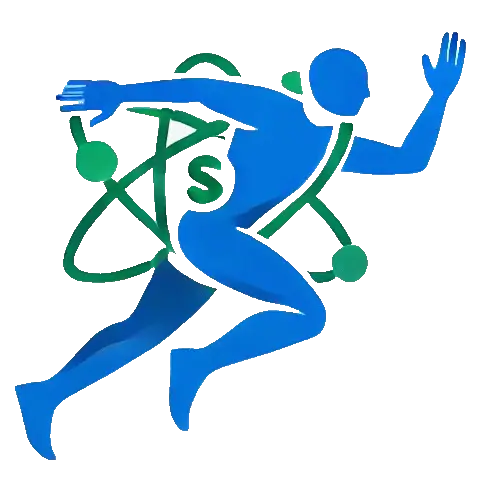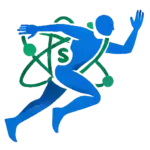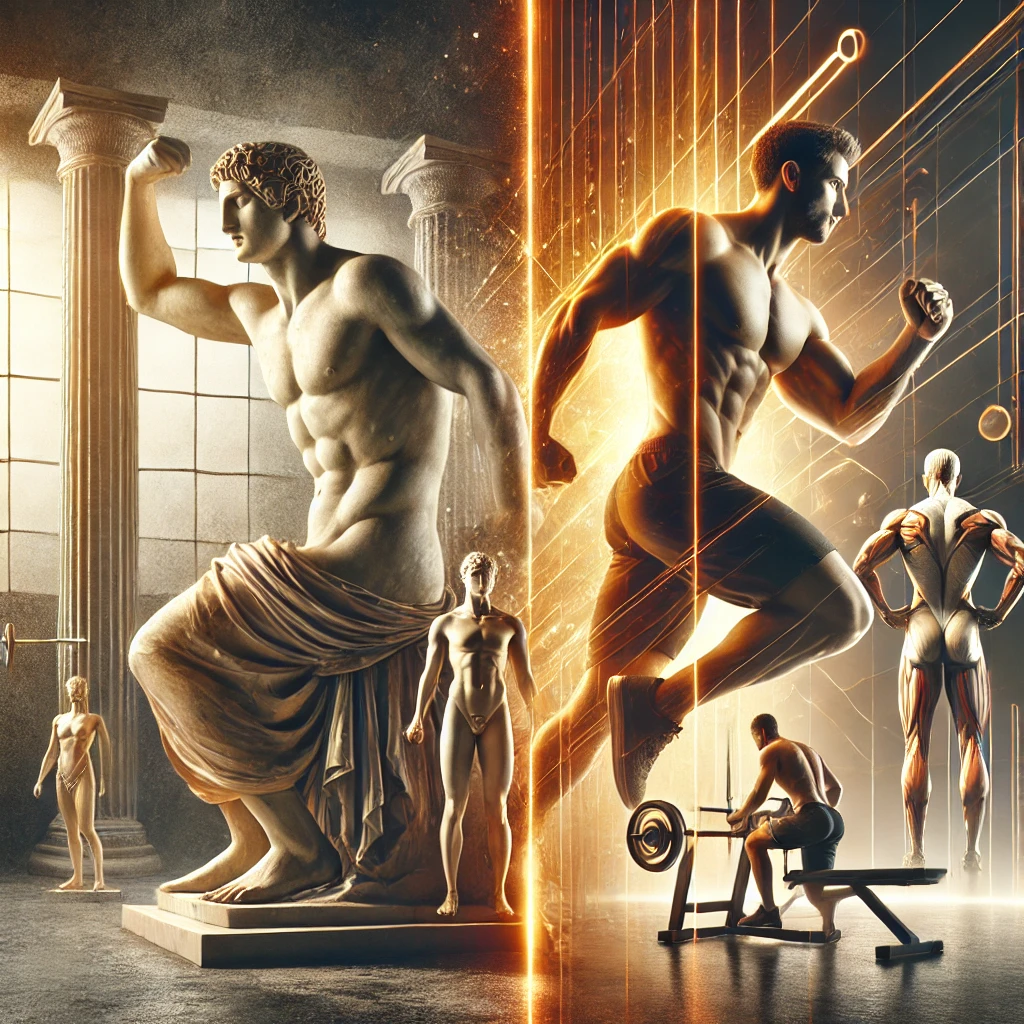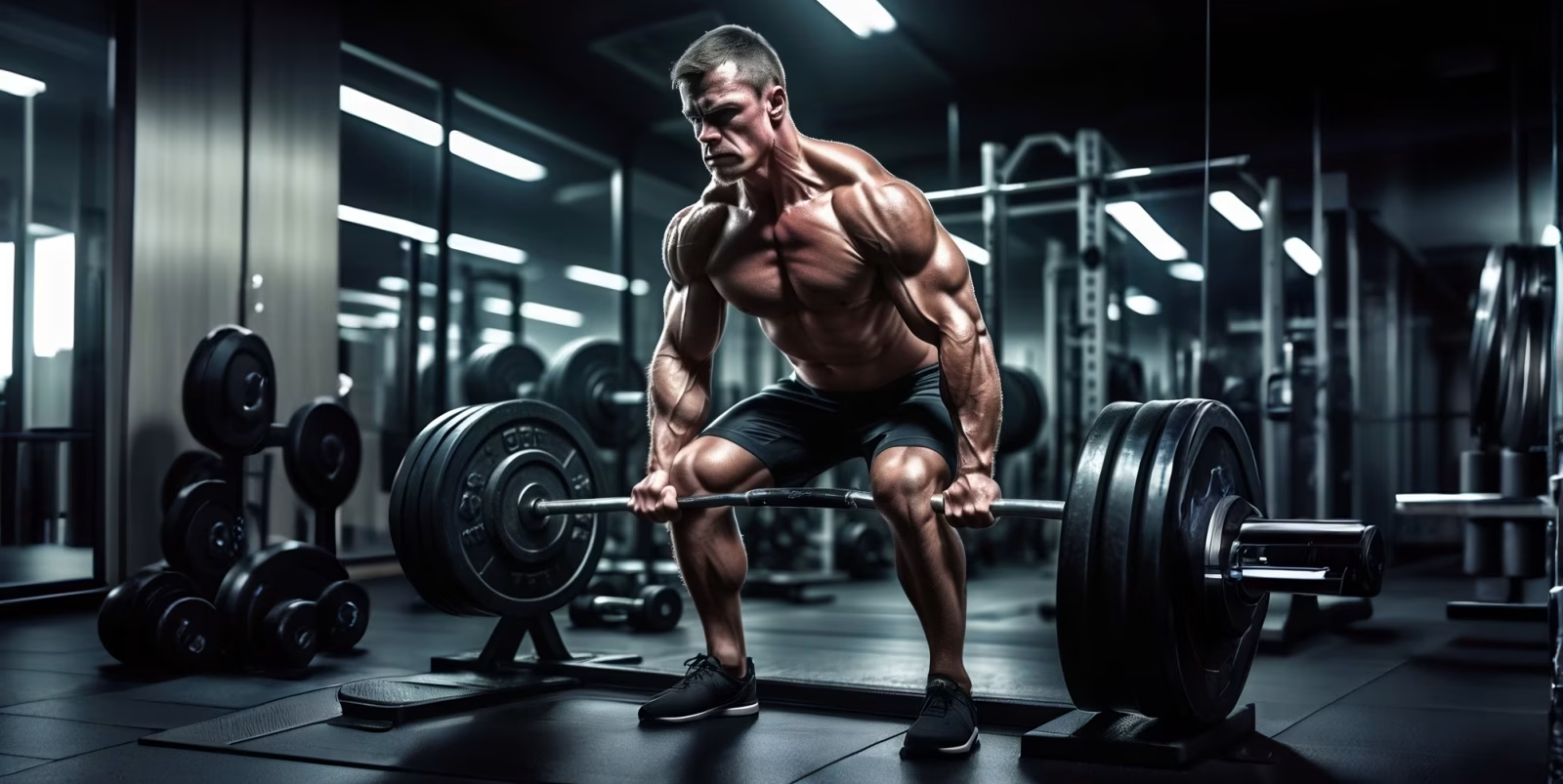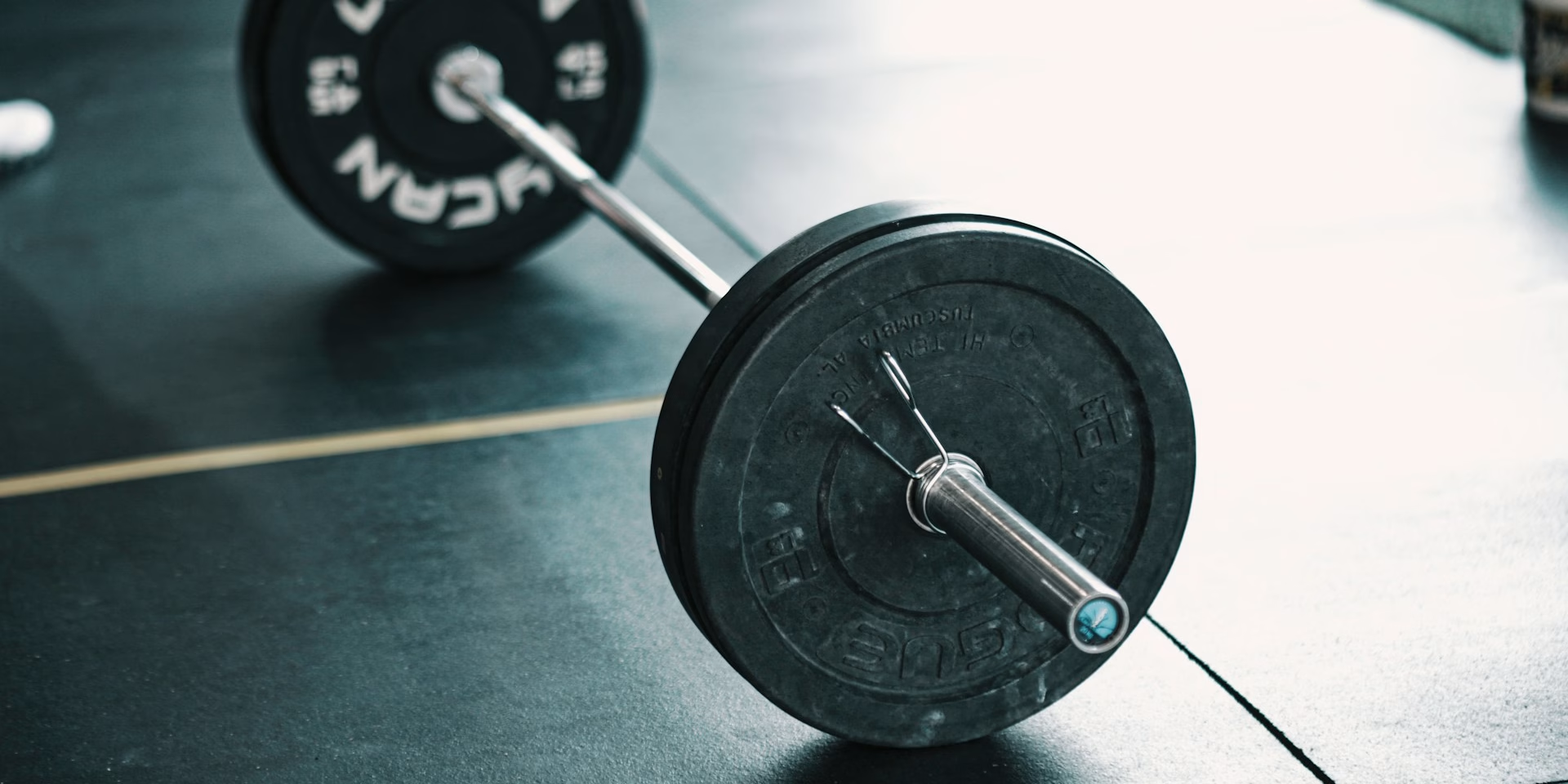Introduction
Modern concepts of fitness, training, and physical exercise have their roots in antiquity. For the ancient Greeks and Romans, sport was not merely a recreational activity but a central pillar of society, culture, and education. Whether in the Greek gymnasium or Roman baths, the pursuit of strength, endurance, and discipline shaped the lives of many. By examining the training philosophies and methods of the past, we can understand why physical and mental fitness remain inseparable to this day.
Training in Ancient Greece
Gymnasium and Kalos Kagathos
In ancient Greece, the gymnasium was much more than a training facility. It was a place where young men were expected not only to build muscle but also to cultivate intellectual and moral virtues. The ideal of kalos kagathos—the unity of physical beauty and moral goodness—reflected this holistic perspective (Miller, 2004; Kyle, 2015). Training emphasized the connection between physical exercise and philosophical thought, with even philosophers like Plato and Aristotle teaching in gymnasia (Gehrke, 2004).
Spartan Agoge: Discipline and Community
Sparta represented a unique case. The agoge, starting at the age of seven, trained disciplined warriors. Spartan boys were taught not only physical exercises but also music and dance, though always with the aim of promoting community and military strength (Cartledge, 2003; Kennell, 1995). Spartan training was less about individual fulfillment and more about ensuring the protection and cohesion of the state.
Training in Ancient Rome
Sport as Spectacle: Gladiators and Chariot Races
While Greek athletic activities focused on personal development and honor, the Romans emphasized entertainment and spectacle. Gladiatorial combats and chariot races were central to public life, drawing thousands of spectators (Futrell, 2006; Köhne & Ewigleben, 2000). Gladiators, often slaves or prisoners of war, trained in specialized schools called ludi. Despite their origins, successful gladiators could rise to the status of true stars (Wiedemann, 1992).
Baths: Social Hubs and Light Exercise
Unlike the Greek gymnasium, which combined physical and intellectual training, Roman baths primarily served as spaces for hygiene and relaxation. However, light exercises such as gymnastics or ball games were also common in their courtyards (Yegül, 2010). The baths were popular meeting places for exchanging news and conducting business, blending physical well-being with social interaction (Futrell, 2006).
Influence on Modern Fitness Culture
The influence of antiquity on modern fitness culture is evident in many aspects. The idea that a strong body fosters a clear mind originates in Greek philosophy and persists in holistic approaches combining strength, endurance, flexibility, and mental health. Fundamental training principles such as repetition, variation, and progression—practiced in ancient running and throwing disciplines—are staples of contemporary fitness programs (Miller, 2004; Tipton, 2014).
Today’s fitness studios can be seen as heirs to the Greek gymnasia and Roman baths. As in antiquity, they are not just spaces for physical training but also places for social interaction, mutual motivation, and community. Modern sports events also carry the legacy of ancient competitions: the idea of fair competition as a cultural and unifying element was a hallmark of the ancient Olympic Games and remains central to athletics and team sports on a global scale.
Conclusion
From the Greek gymnasium to Roman arenas and baths, antiquity laid the foundation for many modern ideas about fitness, training, and competition. The Greeks emphasized the harmonious development of body and mind, while the Romans approached sports as mass entertainment and demonstrations of power. Both perspectives have left traces that extend into today’s fitness studios, sports clubs, and competitions. Whether consciously or unconsciously, modern training follows principles established thousands of years ago: regularity, discipline, and the balance of physical and mental strength.
References
- Cartledge, P. (2003). The Spartans: An Epic History. Pan Macmillan.
- Crowther, N. B. (2007). Sport in Ancient Times. Praeger.
- Futrell, A. (2006). The Roman Games: A Sourcebook. Blackwell Publishing.
- Gehrke, H.-J. (2004). Krieg, Sport und Adelskultur. Zur Entstehung des griechischen Gymnasions. Klio, 86(1), 3-21.
- Kennell, N. M. (1995). The Gymnasium of Virtue: Education and Culture in Ancient Sparta. University of North Carolina Press.
- Köhne, E. & Ewigleben, C. (2000). Gladiators and Caesars: The Power of Spectacle in Ancient Rome. University of California Press.
- Kyle, D. G. (2015). Sport and Spectacle in the Ancient World. John Wiley & Sons.
- Miller, S. G. (2004). Ancient Greek Athletics. Yale University Press.
- Newby, Z. (2005). Greek Athletics in the Roman World: Victory and Virtue. Oxford University Press.
- Tipton, C. M. (2014). The history of “Exercise Is Medicine” in ancient civilizations. Advances in Physiology Education, 38(2), 109-117.
- Wiedemann, T. (1992). Emperors and Gladiators. Routledge.
- Yegül, F. K. (2010). Bathing in the Roman World. Cambridge University Press.
